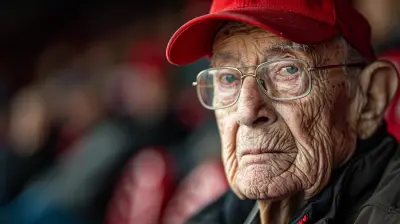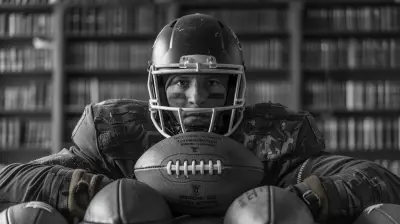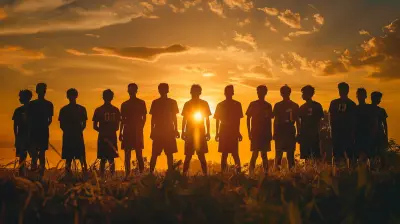High School Football Rivalries That Define Communities
8 July 2025
High school football is more than just a game. In many towns across the United States, these Friday night matchups are the heartbeat of the community. They bring together generations of fans, friends, and families, uniting people who otherwise might not have much in common. And while every high school football game carries importance, there’s something truly special about the rivalries that have stood the test of time. These aren’t just games; they’re cultural events, steeped in history, and often the talk of the town for months before and after the final whistle.
But what is it about these rivalries that makes them so significant? Why do they matter so much to the communities involved? Let’s dive into the intense world of high school football rivalries and explore how they shape the identity of towns, create bonds that last a lifetime, and leave an indelible mark on everyone involved.
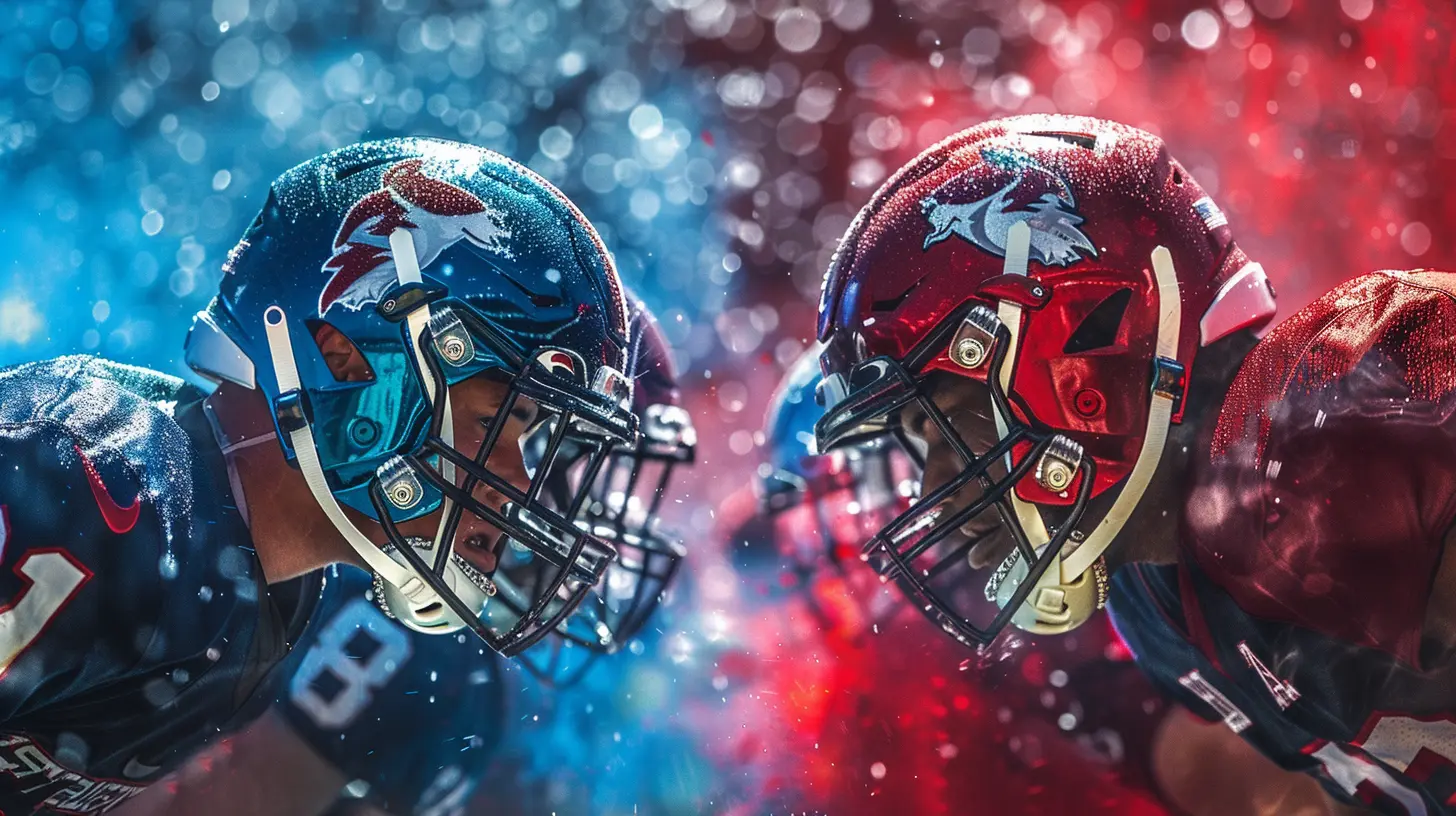
The Power of Tradition
There’s an old saying: “Tradition never graduates.” And that couldn’t be more accurate when it comes to high school football rivalries. These games often date back decades, sometimes even a century or more. The players may change year after year, but the emotions, the stakes, and the pride remain constant.Take, for example, the Massillon vs. Canton McKinley rivalry in Ohio. This matchup, dating back to 1894, is one of the oldest and most storied high school football rivalries in the nation. The two teams have faced off over a hundred times, and each game feels like a chapter in a much larger story. For the towns of Massillon and Canton, this annual clash is more than just a football game—it’s a community celebration. People who’ve never even played football or attended either school still show up in droves to cheer on their team, because it’s part of their identity.
Tradition is a powerful motivator. It’s what makes these games more than just a competition between two teams. It’s what turns a regular Friday night into a historic event. The weight of history, the knowledge that you’re contributing to something much bigger than yourself, is what keeps these rivalries alive, year after year.
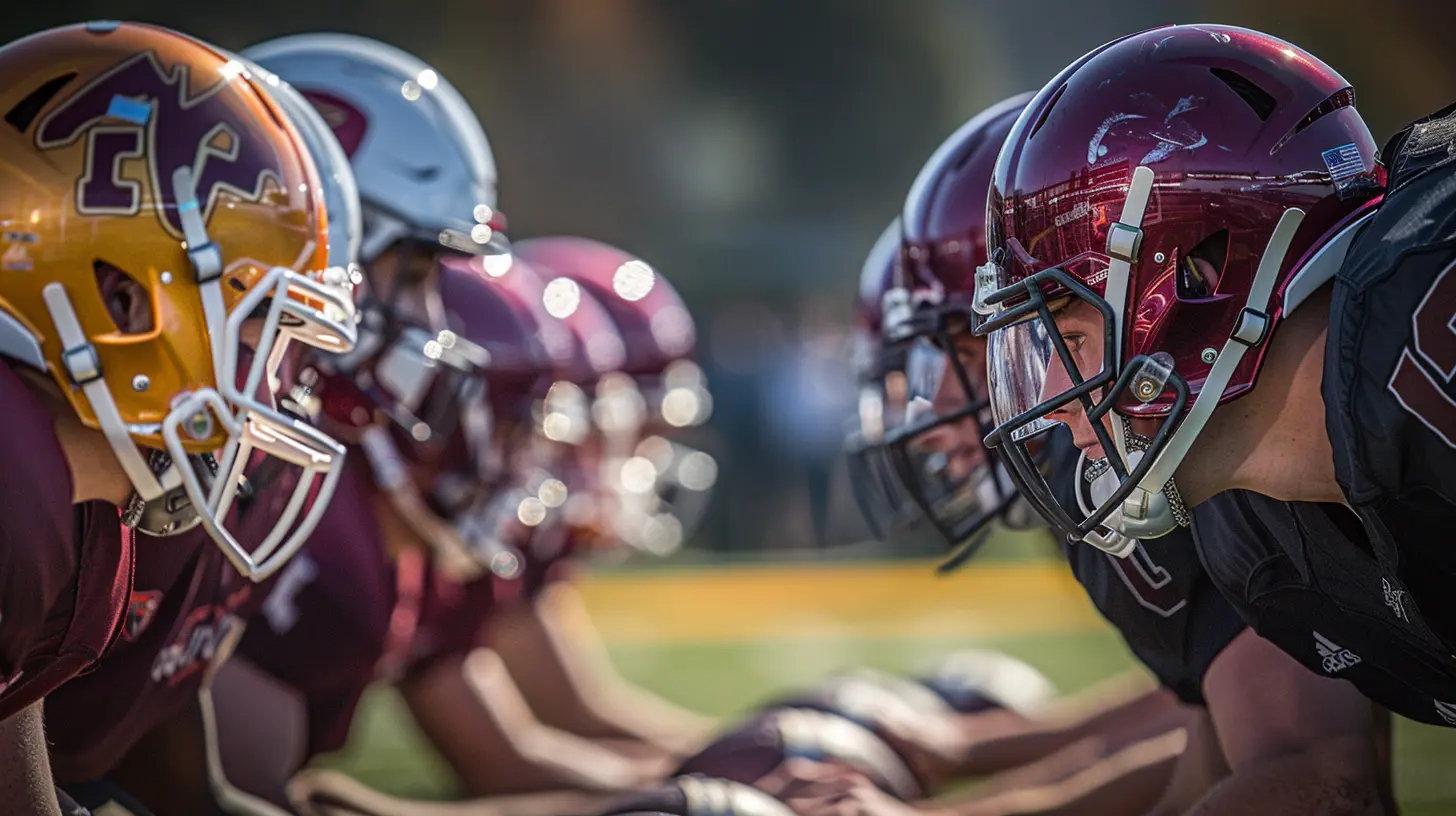
The Role of Geography: Close Neighbors, Fierce Rivals
One of the key ingredients in any great rivalry is proximity. The closer two schools are, the more likely they are to develop a fierce rivalry. Why? Because when two towns or neighborhoods are right next to each other, their residents often interact on a daily basis. They shop at the same stores, eat at the same restaurants, and sometimes even work together. But when it comes to football, all bets are off.Think about Hoover vs. Vestavia Hills in Alabama. These two schools are only about 15 miles apart, but the rivalry feels like a world of difference. Students from each school will tell you that it’s not just about football—it’s about bragging rights, pride, and proving who’s the best in the area. The involvement of the entire community gives the game an edge. You’ll see local businesses decked out in team colors, car windows painted with slogans, and the stands packed with people who’ve been waiting for this game all year.
When two schools are geographically close, the rivalry spills over into everyday life. It’s not just one night of competition; it’s a year-round conversation. And that’s part of what makes these games so intense. Everyone’s involved, and everyone has something to gain—or lose.
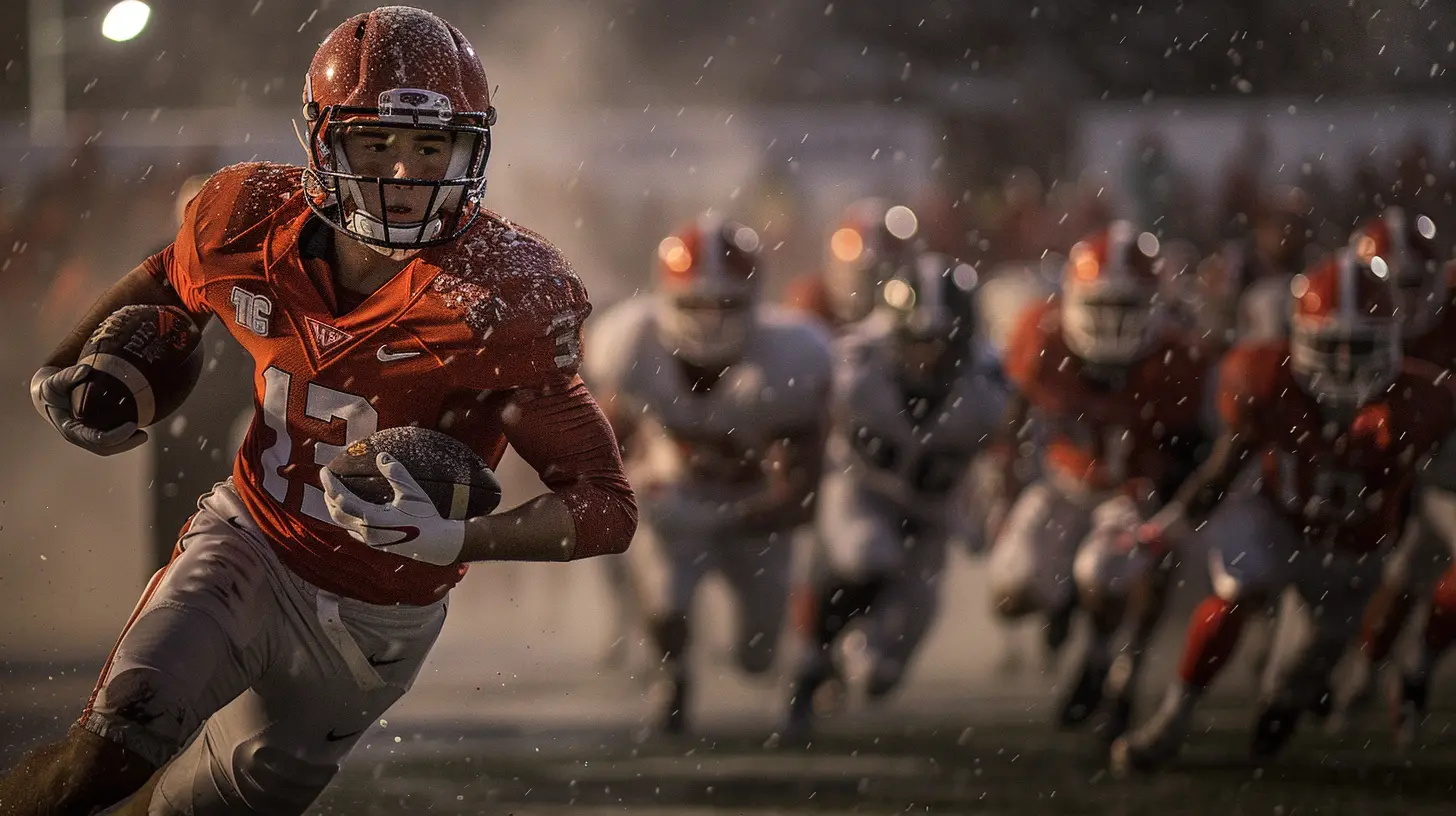
The Generational Impact: More Than Just A Game
High school football rivalries have a way of transcending generations. It’s not uncommon to meet people who played in a rivalry game 30, 40, or even 50 years ago but can still recount every play like it happened yesterday. In fact, many families have multi-generational ties to these games. A grandfather might have played in the same rivalry game that his grandson is playing in now, and the sense of legacy is palpable.Take the Lincoln vs. Roosevelt rivalry in Des Moines, Iowa. This annual showdown has been a fixture in the community for over 90 years. For some families, attending or playing in this game is almost a rite of passage. You’ll hear stories of fathers coaching their sons, uncles sharing tales of their time on the field, and entire families coming together to support their alma mater. The game isn’t just about the current players; it’s about everyone who’s ever been involved, and everyone who will be involved in the future.
This generational connection is what makes high school football rivalries so special. It’s not just about the present; it’s about history, legacy, and the future. It’s a way for families and communities to stay connected, even as the years go by.
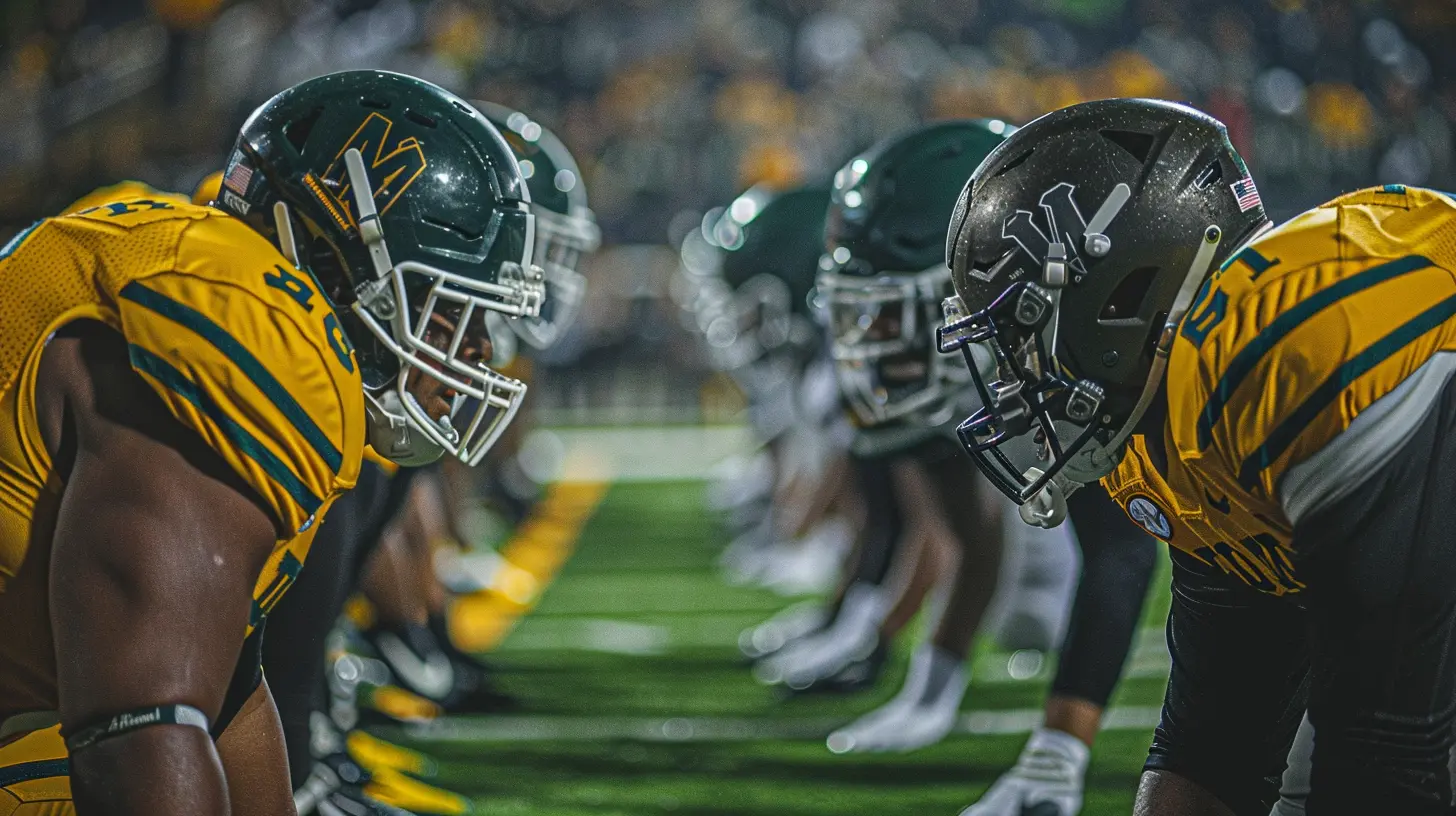
The Emotional Rollercoaster: Wins, Losses, and Everything In Between
One of the reasons high school football rivalries are so gripping is because they’re full of emotion. There’s nothing quite like the feeling of beating your biggest rival, especially if the game is close. The thrill of victory feels amplified because it’s not just a win for the team—it’s a win for the entire community. For the next year, you get to hold your head a little higher, basking in the glory of being the best.On the flip side, losing to a rival can be devastating. But even in defeat, there’s a sense of camaraderie. After all, rivalries aren’t just about the outcome of the game; they’re about the shared experience. Whether you win or lose, you’re part of something bigger than yourself. You’re part of a tradition that has shaped your community for generations.
Look at the Turkey Day Game between Kirkwood and Webster Groves in Missouri, a rivalry that dates back to 1907. Played on Thanksgiving Day, this game is often the talk of the town for weeks leading up to the event. Win or lose, players and fans alike know they’re part of something special. The emotional highs and lows are part of the experience, and they’re what keep people coming back, year after year.
Rivalries Build Character: On and Off the Field
There’s a saying that “iron sharpens iron,” and that couldn’t be truer in the context of high school football rivalries. These games often bring out the best in players, pushing them to perform at levels they didn’t even know they were capable of. Whether it’s the pressure of the moment, the desire to impress friends and family, or the weight of tradition, something about playing in a rivalry game pushes athletes to the limit.But it’s not just about what happens on the field. Rivalries build character off the field, too. They teach players how to handle pressure, how to win with grace, and how to lose with dignity. These are lessons that extend far beyond football, helping young people become better adults. And that’s part of the reason why these games are so important—they’re about more than just a final score.
Consider the Lafayette vs. Lehigh rivalry, a college-level rivalry that has its roots in high school football. Known as "The Rivalry," these two schools have faced off over 150 times in one of the most played rivalries in American sports. The players who compete in this game aren’t just learning how to play football; they’re learning life lessons that will serve them long after their football careers are over.
The Community Connection: More Than Just Spectators
One of the most beautiful things about high school football rivalries is the way they bring communities together. These games aren’t just about the players on the field; they’re about everyone in the stands, too. Parents, students, teachers, alumni, and local residents all come together to support their team, creating a sense of unity that’s hard to find anywhere else.In some towns, the local high school football team is the epicenter of the community. The Friday night lights draw in people from all walks of life, and for a few hours, differences in politics, religion, or socioeconomic status are set aside. Everyone’s there for one reason: to support the team.
Take a look at the Battle of the Bridge rivalry between Gallatin and Hendersonville in Tennessee. These two schools compete in a game that’s about more than just football—it’s about community pride. Local businesses sponsor tailgates, and the stands are packed with fans who’ve been looking forward to the game all year. The entire town rallies around this event, and for one night, the football field becomes the center of the universe.
Conclusion: Rivalries Aren’t Going Anywhere
High school football rivalries are more than just games. They’re traditions, cultural touchstones, and community events. They create bonds between players, families, and entire towns, and they leave a lasting impact on everyone involved. Whether you’re a player, a coach, a fan, or just someone who loves the atmosphere, there’s something undeniably special about these matchups.So the next time you find yourself under the Friday night lights, take a moment to appreciate the history, the emotion, and the sense of community that make these rivalries so special. Because in the end, high school football rivalries are about more than just football—they’re about life.
all images in this post were generated using AI tools
Category:
High School SportsAuthor:

Frankie Bailey
Discussion
rate this article
1 comments
Nico McClain
Nothing beats Friday night lights! These rivalries bring communities together faster than a last-minute touchdown. Let the games begin!
July 19, 2025 at 4:49 AM

Frankie Bailey
Absolutely! Friday night lights truly ignite community spirit and camaraderie. Let’s celebrate the passion and unity these rivalries foster!
